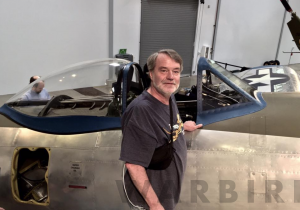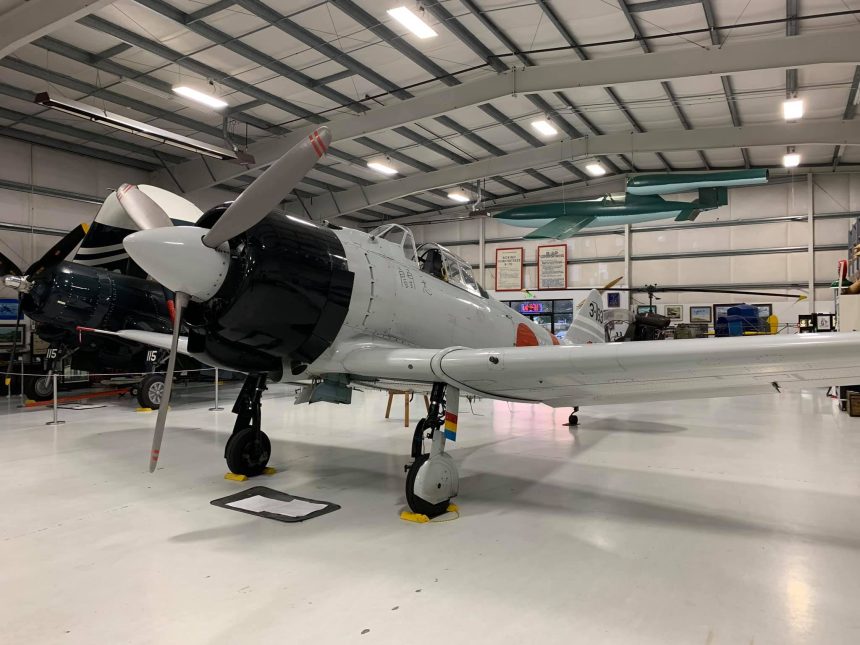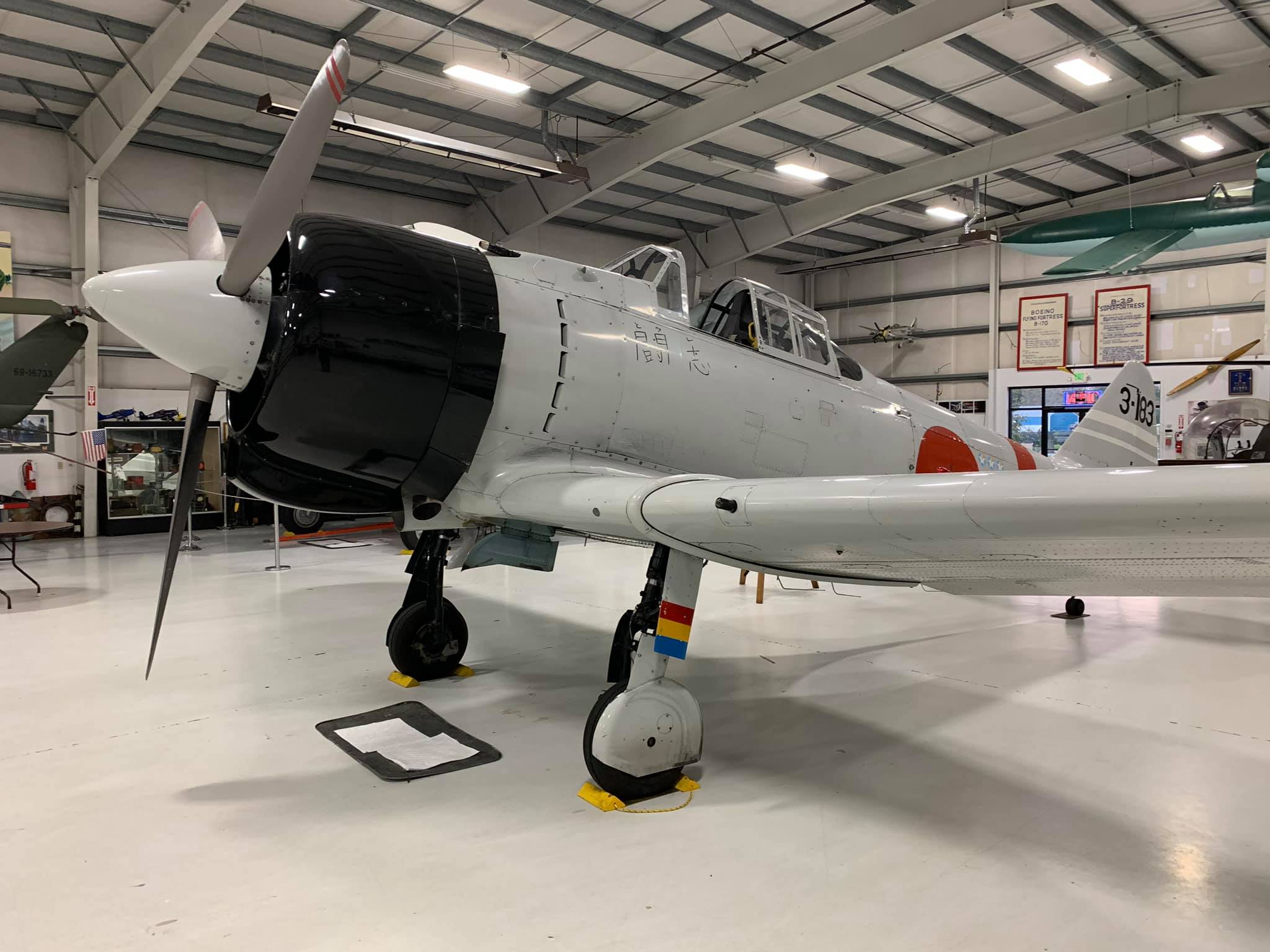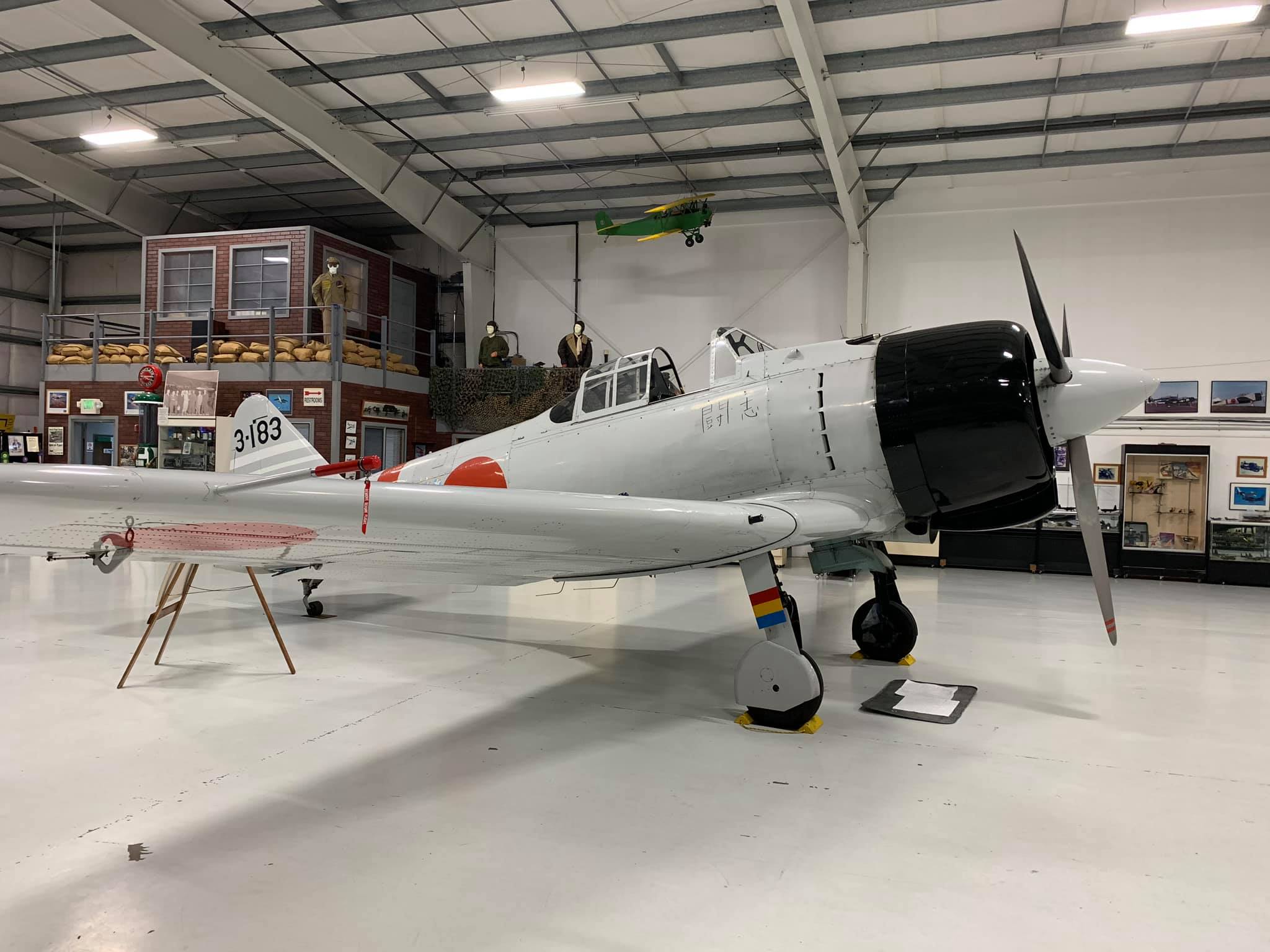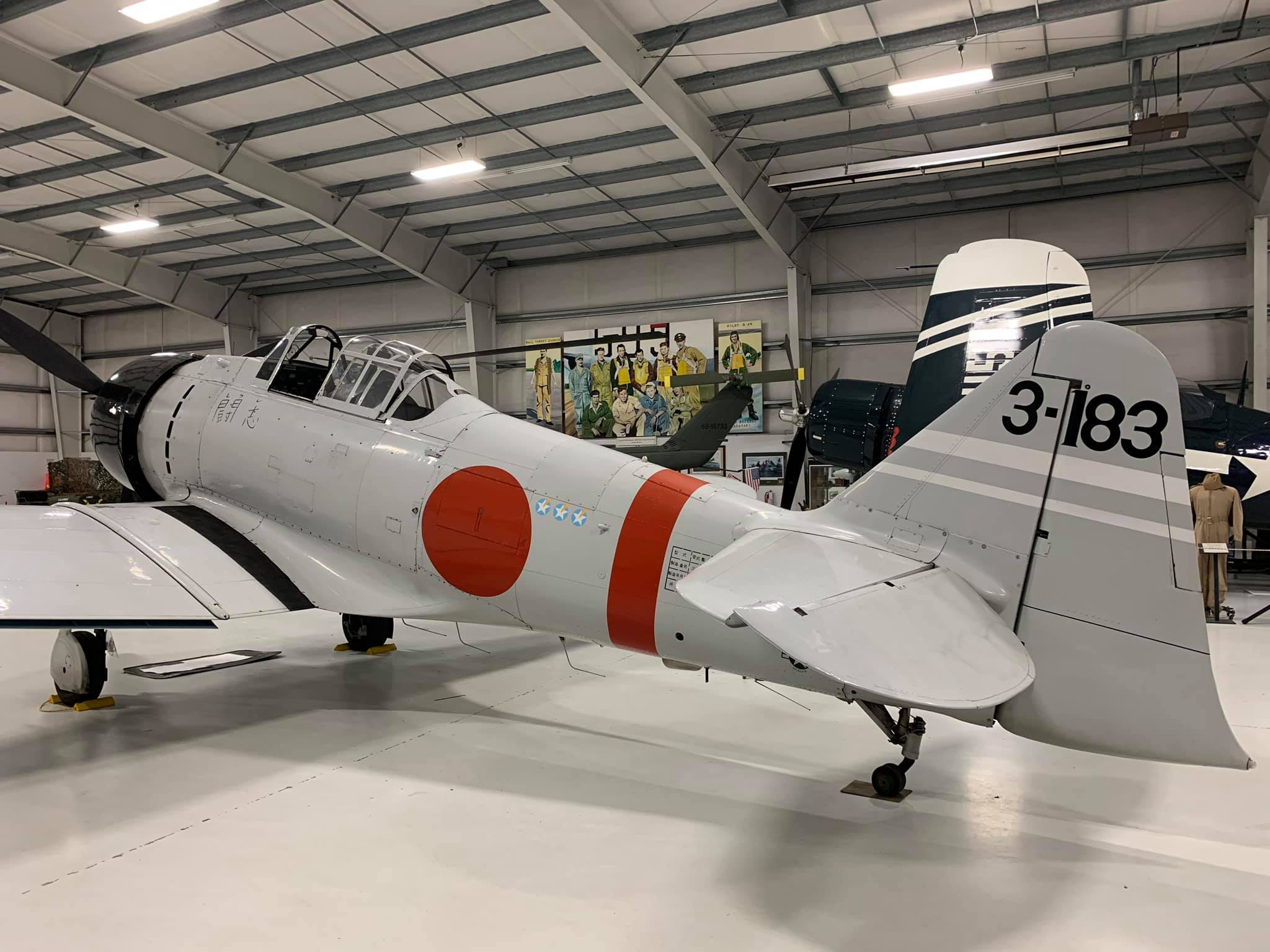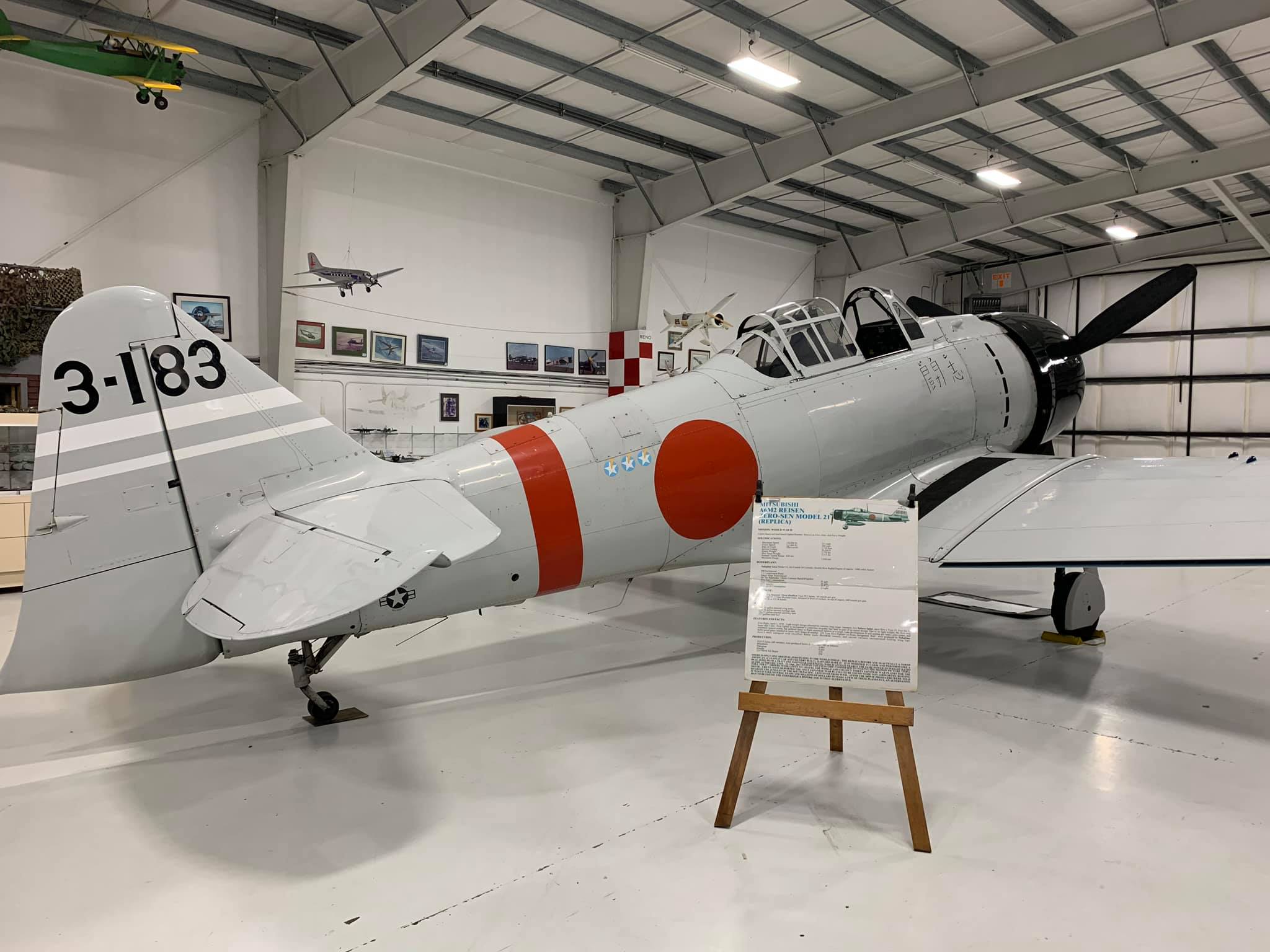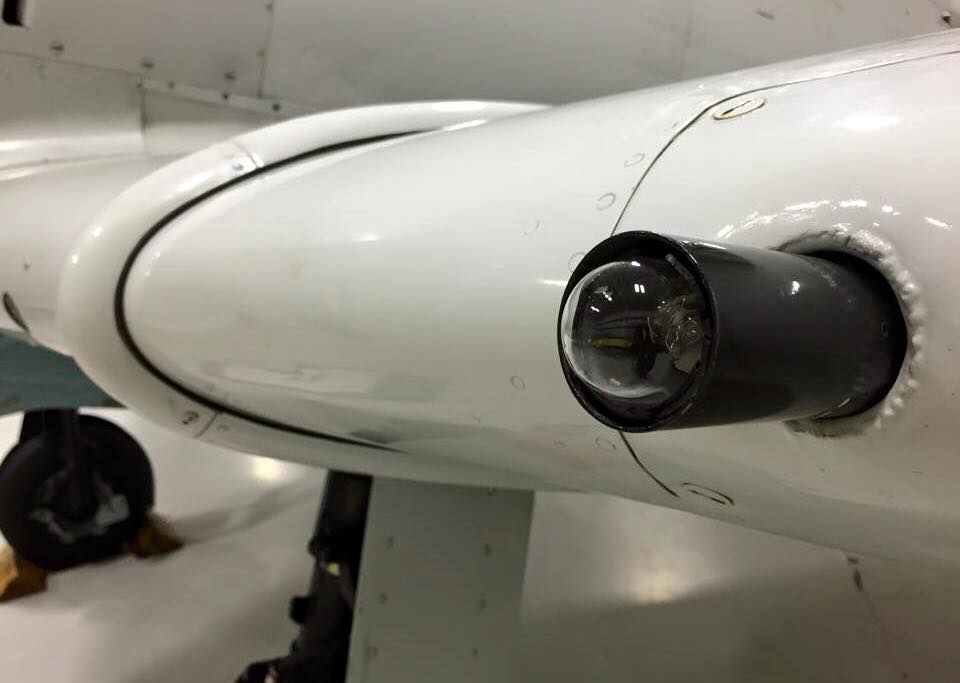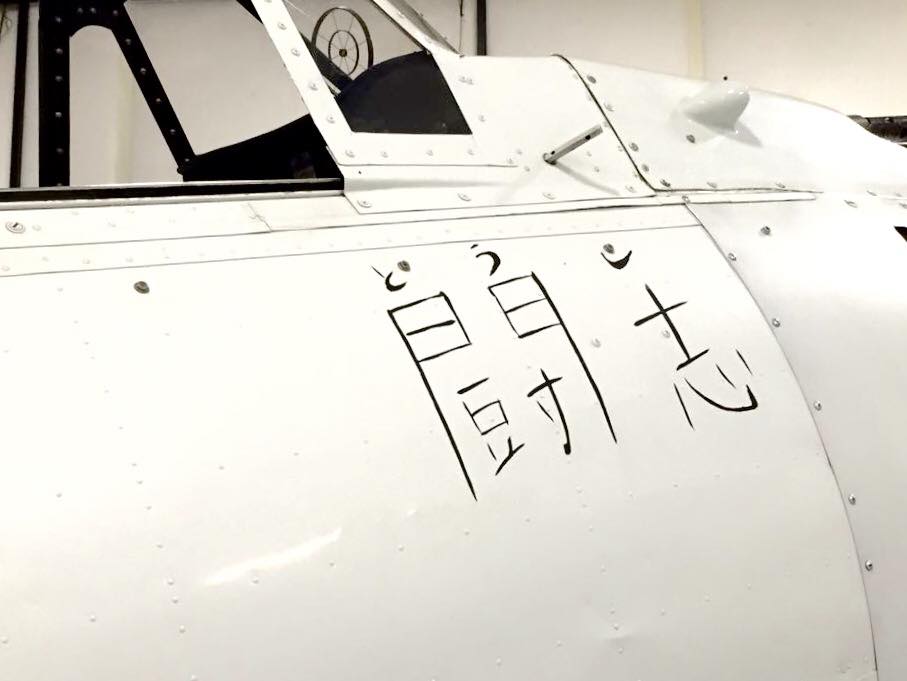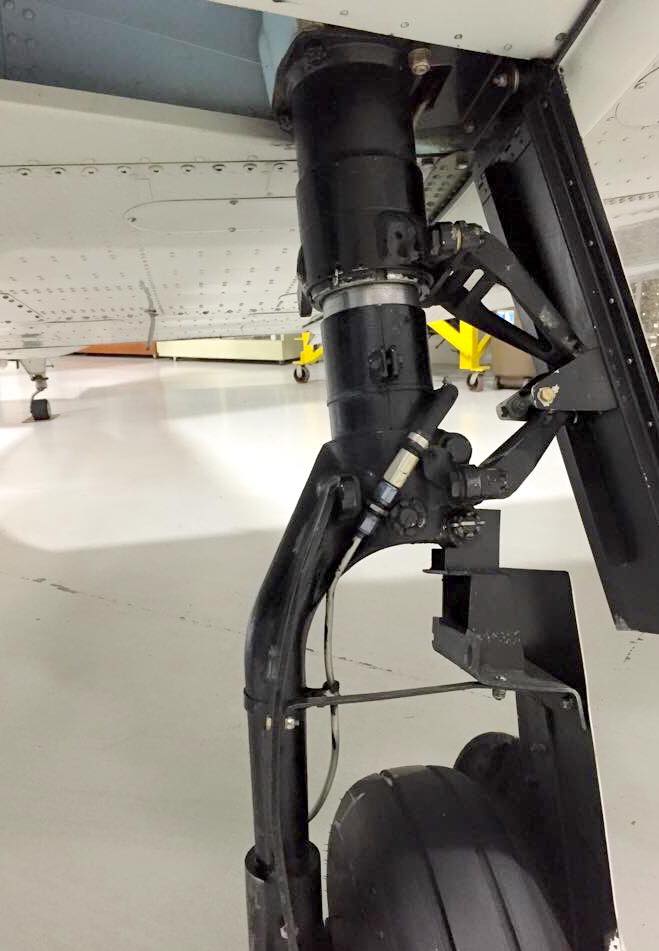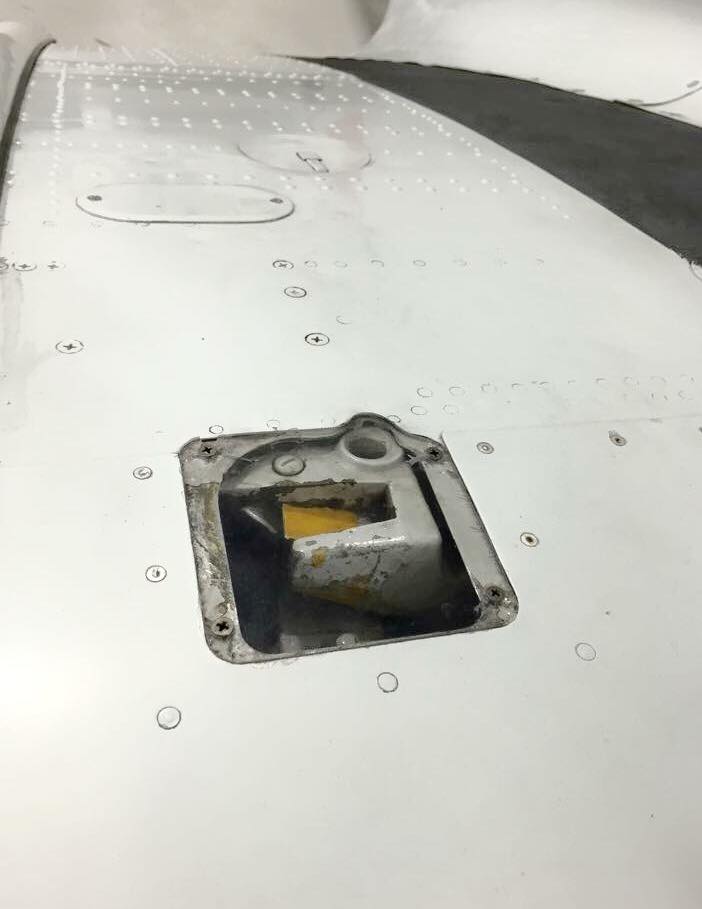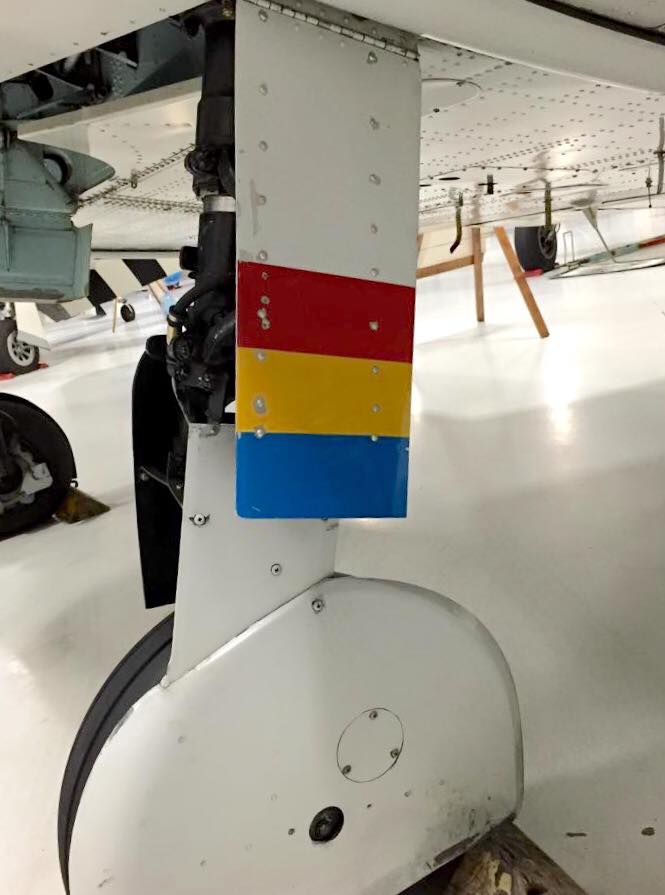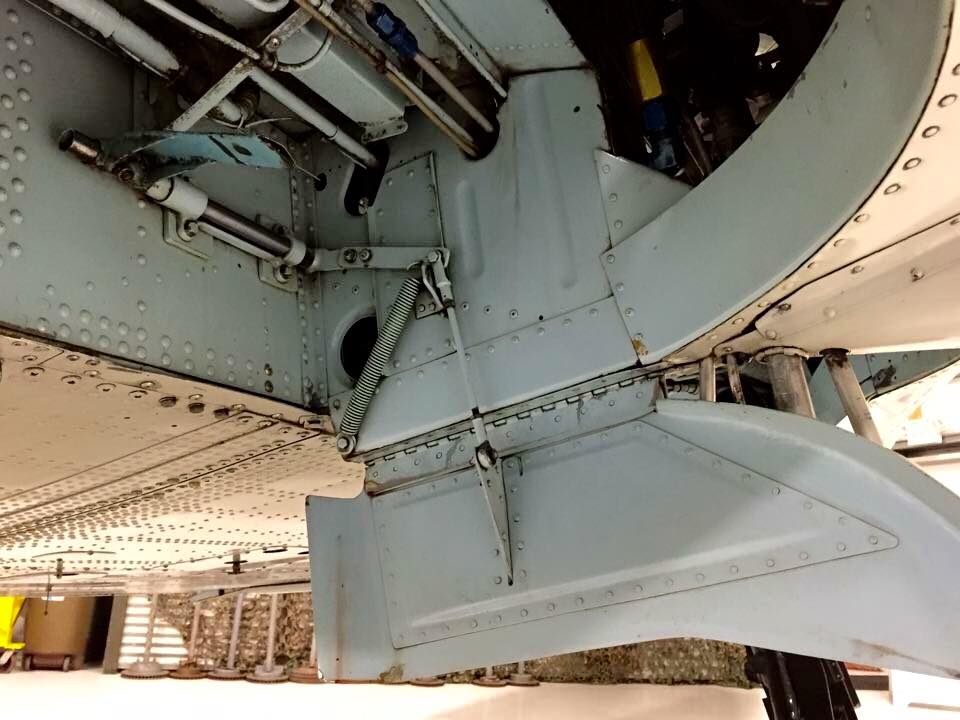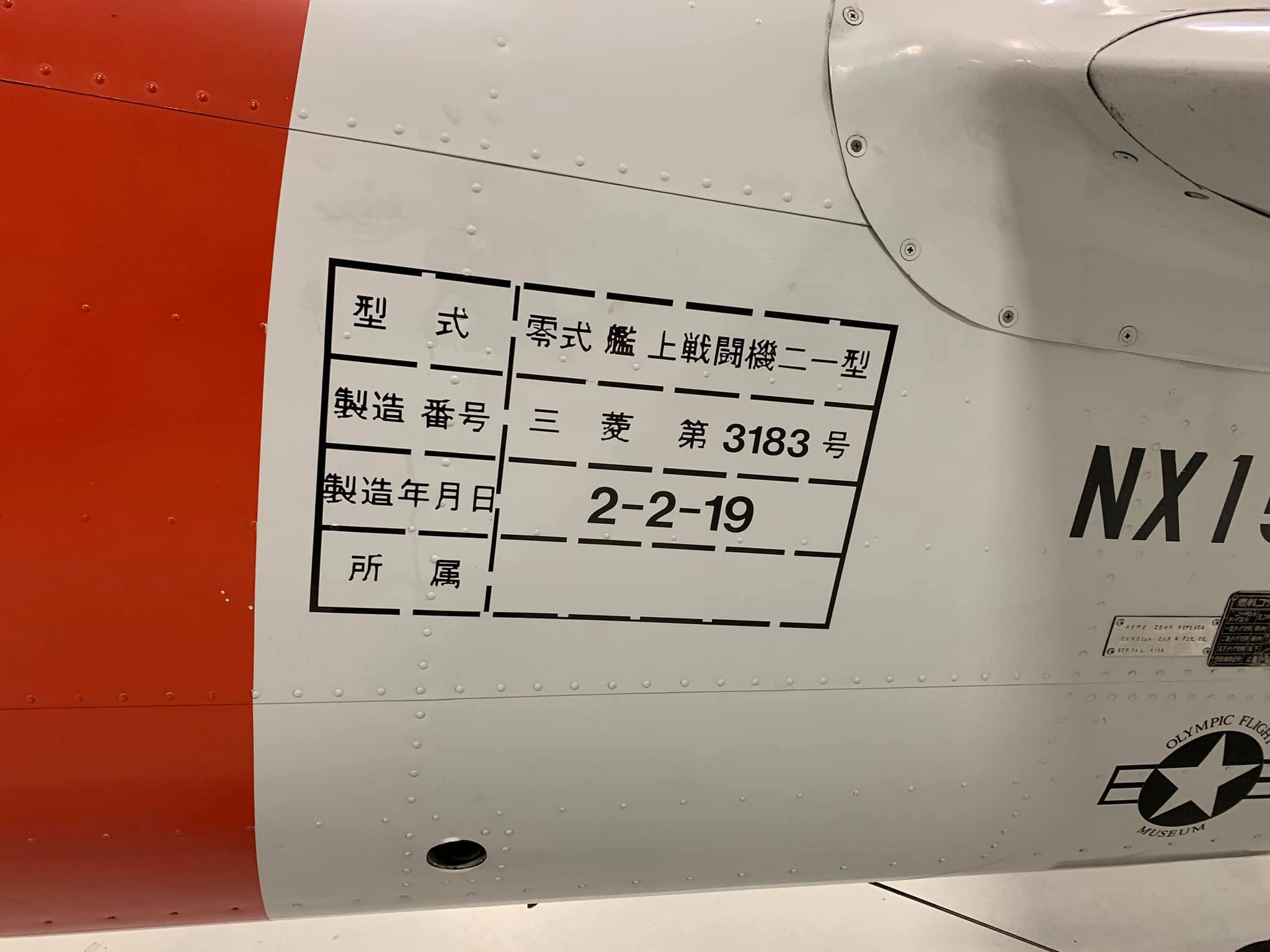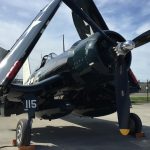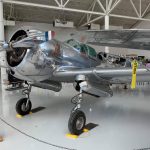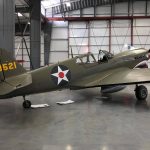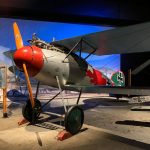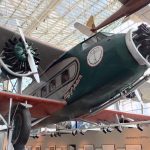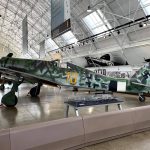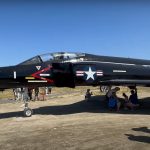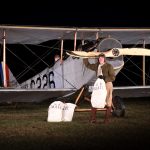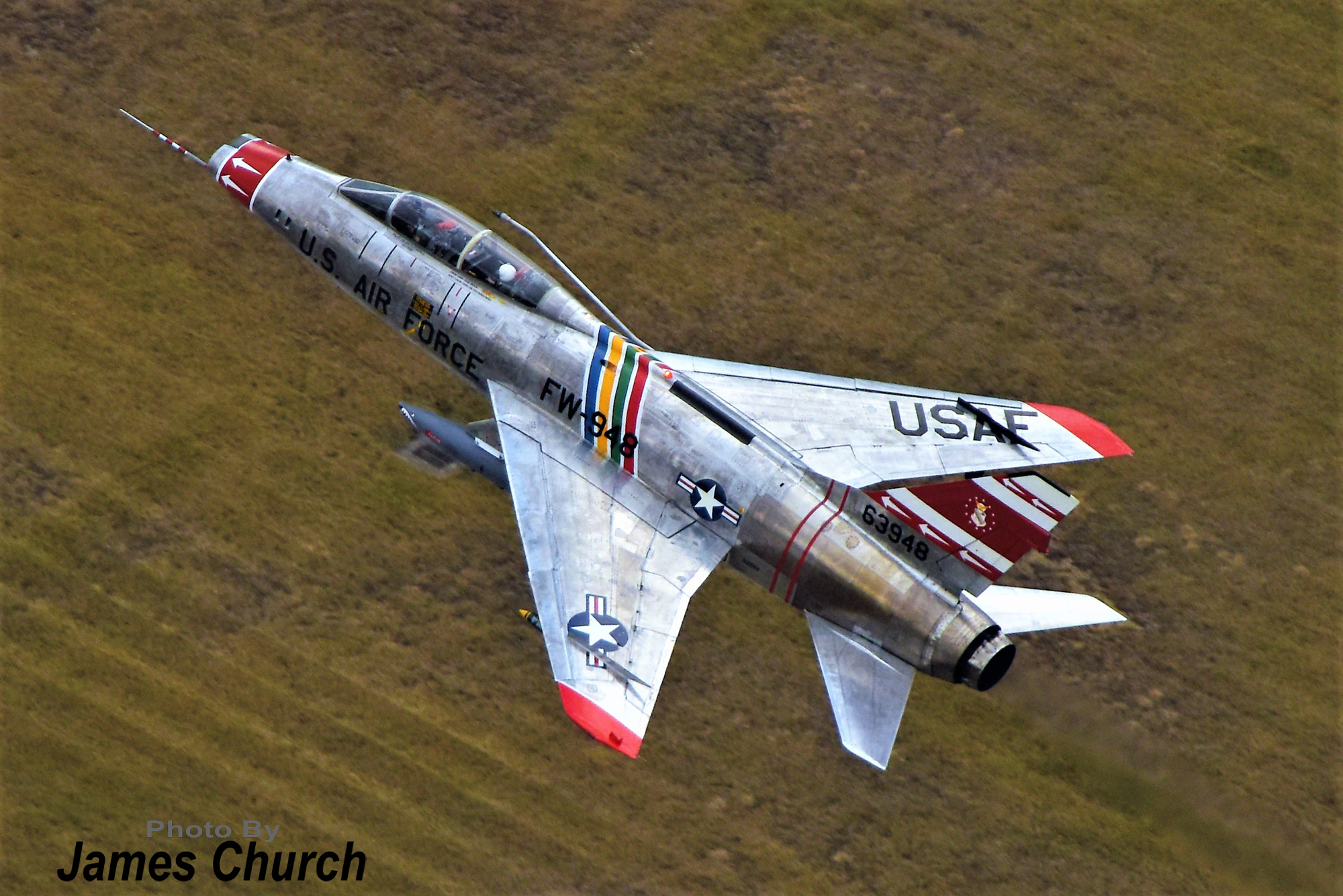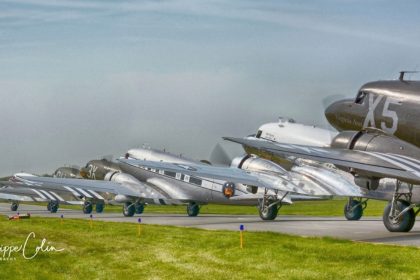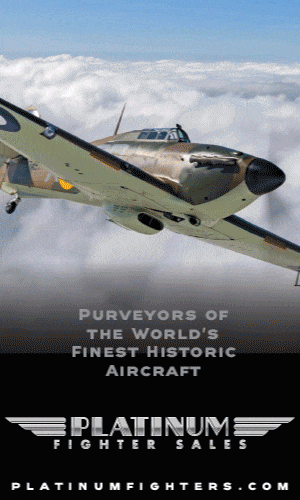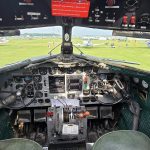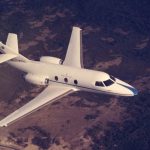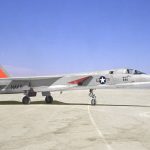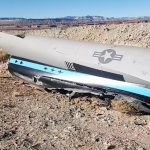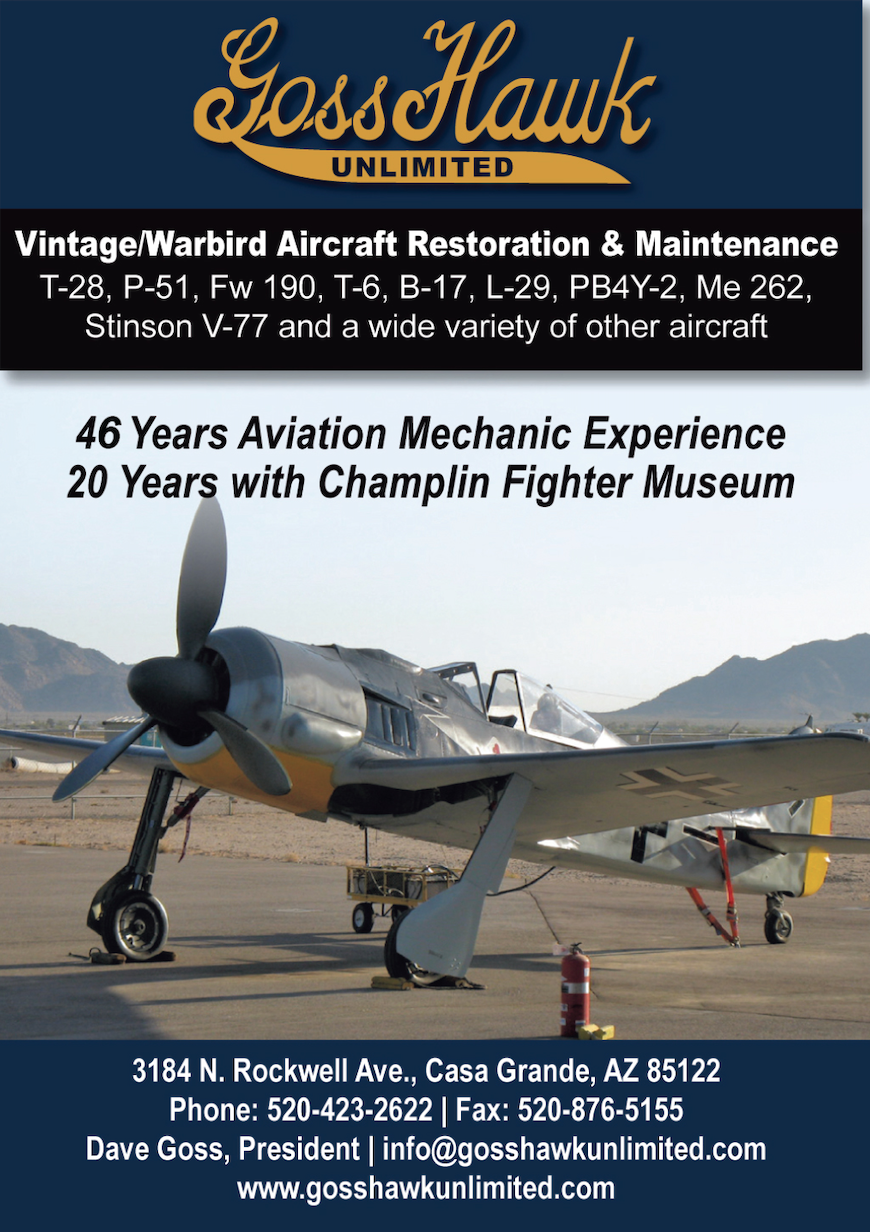By Randy Malmstrom
Since his childhood, Randy Malmstrom has had a passion for aviation history and historic military aircraft in particular. He has a particular penchant for documenting specific airframes with a highly detailed series of walk-around images and an in-depth exploration of their history, which have proved to be popular with many of those who have seen them, and we thought our readers would be equally fascinated too. This installment of Randy’s Warbird Profiles takes a look at the Olympic Flight Museum’s Mitsubishi A6M2 Zero replica, a modified North American Harvard Mk.IV (AT-6 Texan) trainer built under license in Canada by Canadian Car and Foundry, Limited.
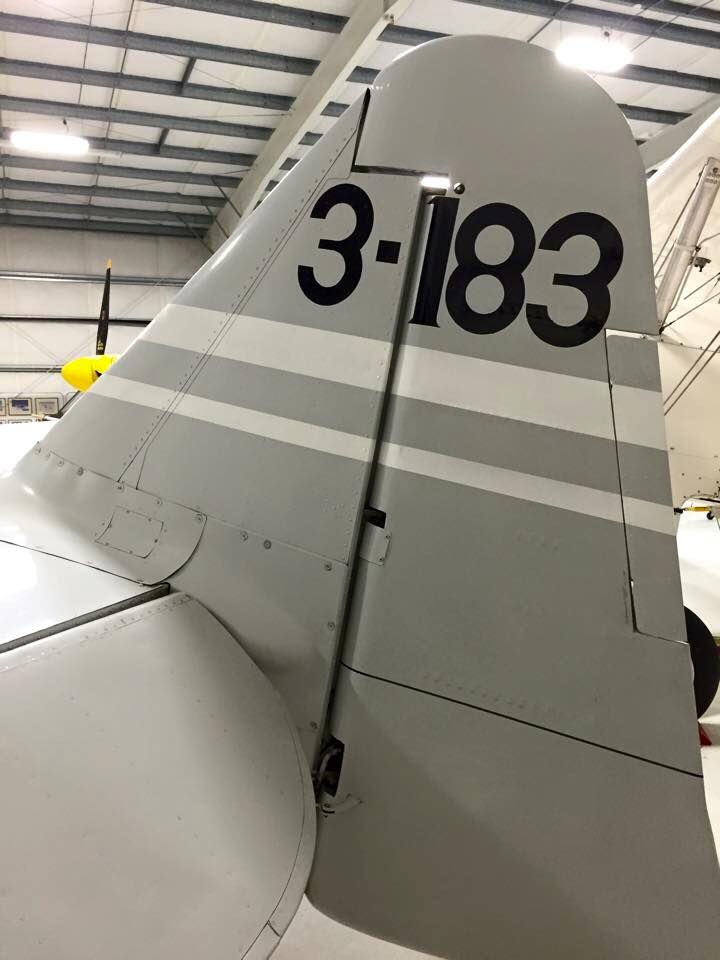
Mitsubishi A6M2 Rei-shiki Kanjo Sentoki (Type 0 Carrier Fighter, shortened to “Reisen”) (零式艦上戦闘機) replica, s/n 20225. I took these photos of this particular aircraft at Olympic Flight Museum in Olympia, Washington. It portrayed an A6M “Zeke” or “Zero” in the films “Tora! Tora! Tora!” and “Midway” and the TV mini-series “War and Remembrance.” It is a North American Harvard Mk.IV, the export variant of the T-6 Texan built under license in Canada.
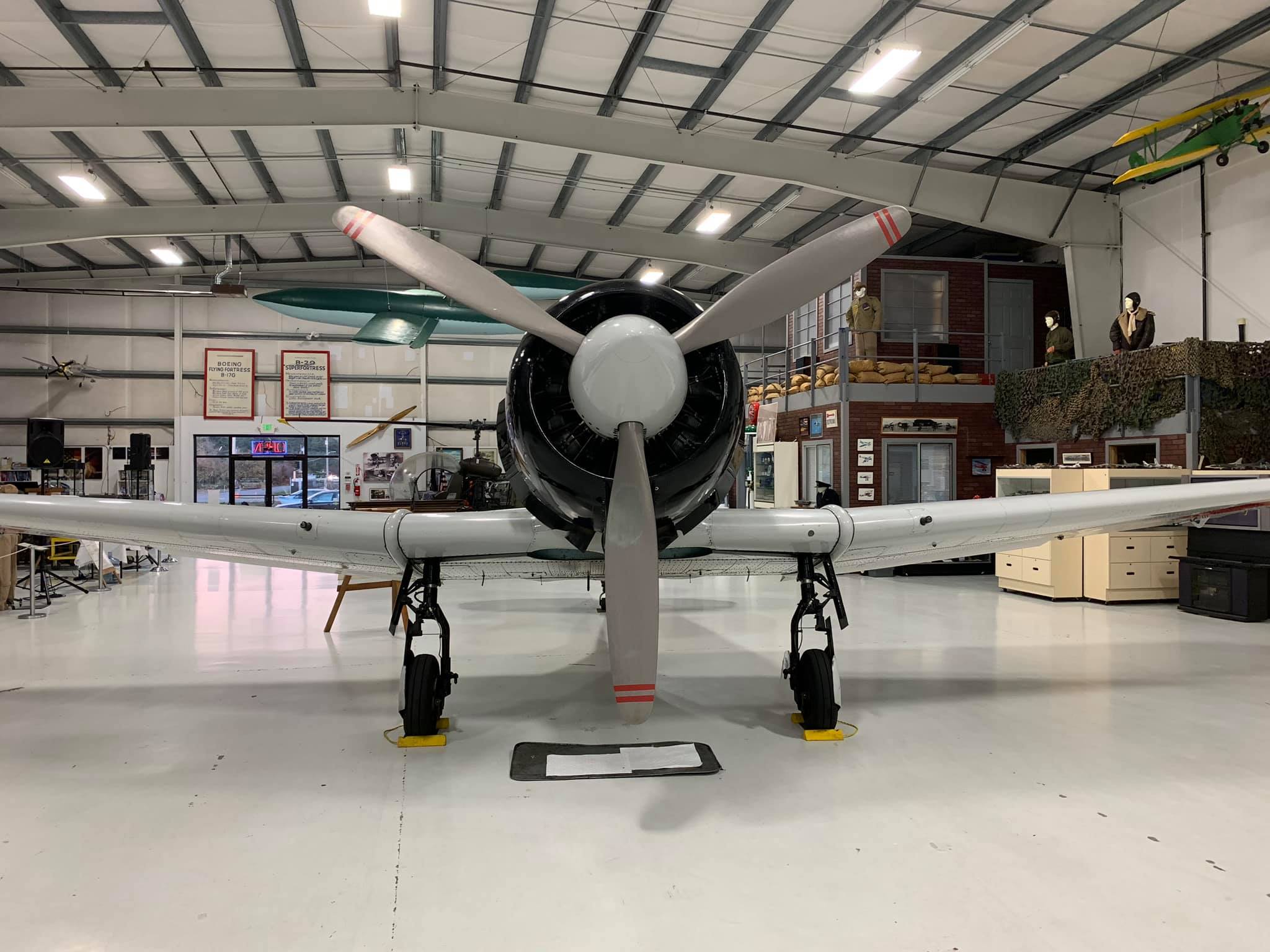
From what I can tell, this aircraft was built in 1952 by Canadian Car and Foundry and was assigned to the Royal Canadian Air Force and was stricken from the record as of March 25, 1968. It was sold to 20th Century Fox in 1969 at which time it underwent conversion to the A6M2 replica, tail code 3-183. In 1971 it was sold to Northwest Helicopters Inc. and then Olympic Jet Inc. in 2001. It is fitted a Pratt & Whitney R-1830 engine and landing gear indicators atop the wings (as seen on the T-6/SNJ/Harvard). It does have the strut load stripes on the main undercarriage covers (that measure compression) as seen on the Zero.
It has replica 7.7 mm Type 97 machine guns in the cowling and replica 20 mm Type 99 Mark 1 cannons in the wings – A6M2 armament. The Reisen, the number “0” referring to the last digit of the Japanese Imperial year 2600 (1940), the year the aircraft type was introduced. The official Allied reporting name was “Zeke” but “Zero” became the well-known and commonly used name (and Allied pilots were known to mistakenly refer to other Japanese aircraft as “Zero”). The type was introduced into the Japanese Imperial Navy in 1940 for carrier-based operations, but the Imperial Japanese Navy Air Service also flew them from land-based operations.
The aircraft was designed by Mitsubishi but other manufacturers such as Nakajima were contracted to build them, and there were a number of variants. Fitted with Type 99 20 mm. cannons in the wings (in later versions), two Type 97 7.7 mm. machine guns firing through the propeller, and it could carry two 132 kg. bombs. They were powered by Nakajima Sakae 12 or Sakae 21 engines. The A6M had mechanical landing gear indicator rods (or bayonets) attached to the landing gear struts and protruded above the wings when the gear was down (such as was used on the Fw-190 and quite a few other aircraft); however, a green light on the gear selector box also indicated when the gear was down. A6M’s also had a landing gear safety cable attached to the right strut – when the aircraft was on the ground and the oleo strut was partially retracted, the cable pulled a pin out blocking the pilot from moving the selector valve handle to the retracted position; and on takeoff and the strut expanded and the cable released the pressure on the pin so it could retract and allow the pilot to safely pull the retractor handle. The main undercarriage and brakes are hydraulically operated.
*Editor’s note: According to the Canadian Aircraft Serials Personnel Information Resource (CASPIR), this Harvard Zero replica (FAA registration N15796) was accepted into the RCAF on January 24, 1952, and was stricken from the RCAF on March 25, 1968, and sold to the Crown Assets Disposal Corporation. It was later sold to 20th Century Fox Film Corp. through Rays Flying Service in Saskatoon.
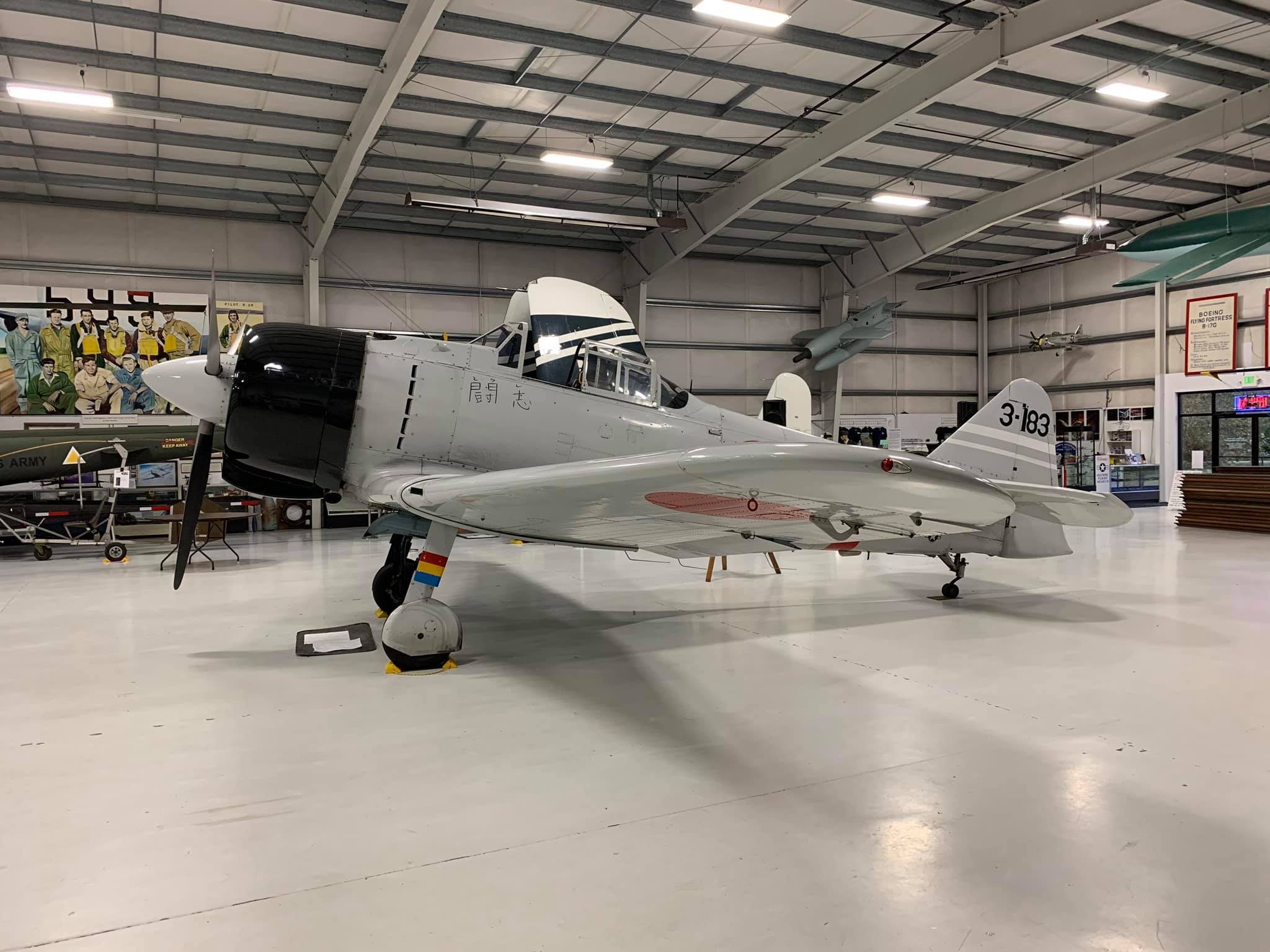
About the author
